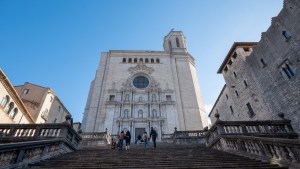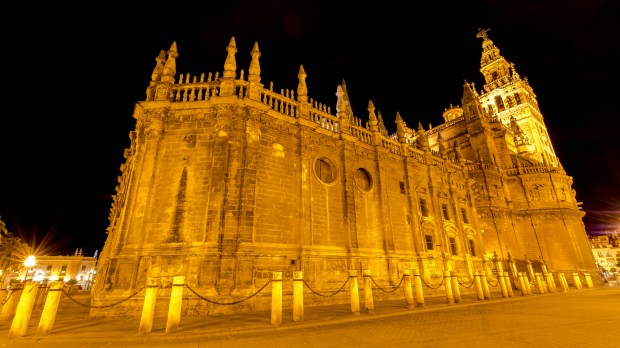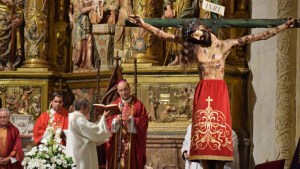The Seville Cathedral, also known as the Catedral de Santa María de la Sede, is a remarkable testament to Seville’s rich religious heritage – and its convoluted, epic history. Located in the very heart of the city’s historic center, this architectural marvel is celebrated for its grandeur and, notably, its immense size, making it one of the largest Gothic cathedrals in the world. In fact, after its completion in the early 16th century, it supplanted Hagia Sophia as the largest cathedral in the world, a title the Byzantine church had held for a thousand years.
Dating back to the 15th century, the Cathedral of Seville was built on the site of a former mosque following the Christian reconquest of the city. The construction spanned over a century, resulting in a structure that boasts extraordinary dimensions – a sort of architectural testimony to the power and prowess of Queen Isabella “the Catholic,” who reconquered the Iberian Peninsula from the Córdoba caliphate, and expanded the territories of the Spanish crown far beyond any border anyone might have dreamed of. In fact, the cathedral serves as the final resting place of Christopher Columbus, with his tomb situated within its walls.
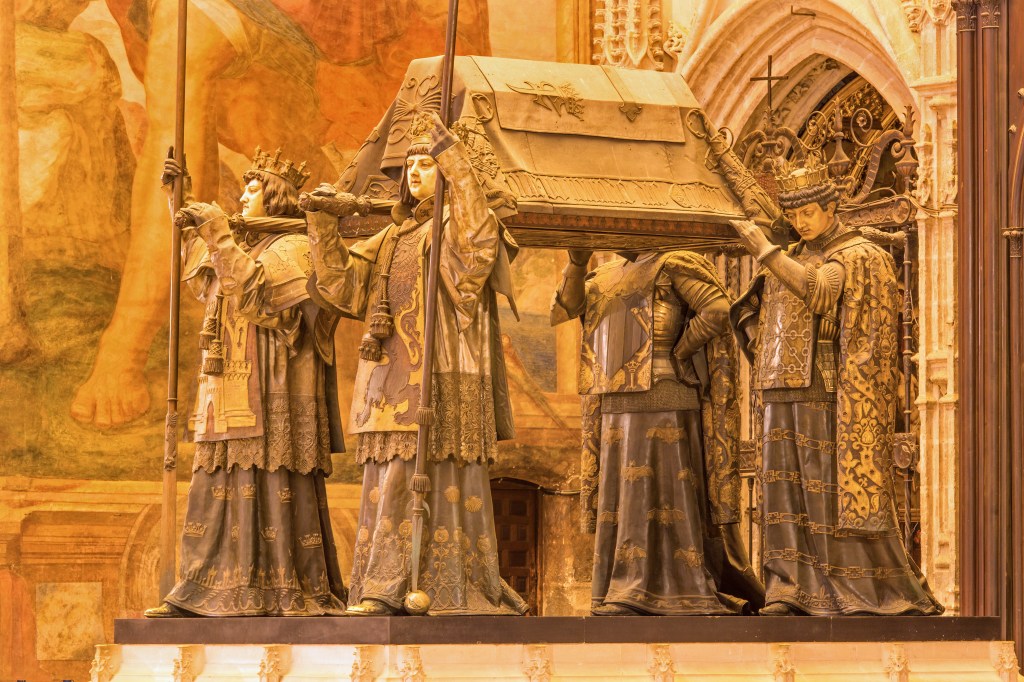
Upon entering, visitors are immediately struck by the vastness of the interior space. Encompassing an area of approximately 11,520 square meters (124,000 square feet), the central nave of the cathedral soars to an impressive height of 42 meters (138 feet), creating an atmosphere of awe typical of Spanish architecture, especially Gothic, Renaissance, and Baroque. The nave is flanked by numerous chapels, each showcasing remarkable works of art and religious relics.
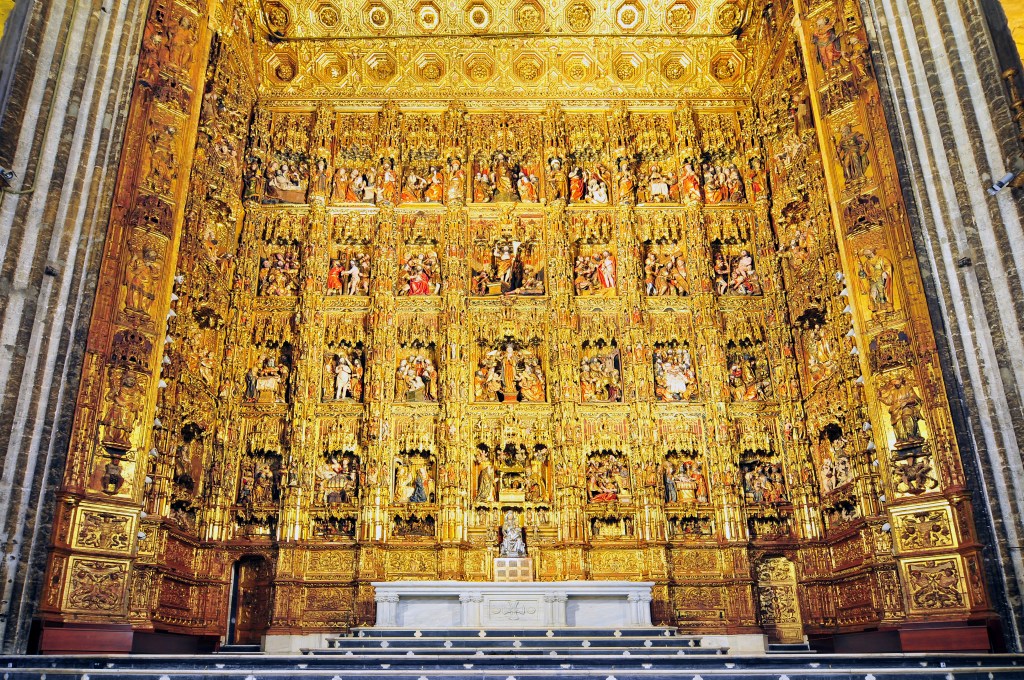
The Giralda Tower, a former minaret turned into a bell tower, stands as one of the cathedral’s most iconic features. Rising to an astounding height of 104 meters (341 feet), the Giralda offers panoramic views of the city and serves as a testament to the architectural significance of the cathedral. Visitors can ascend the tower using ramps that were originally designed for horses and carriages.
Apart from its striking size, the Cathedral of Seville houses a wealth of artistic and historical treasures. Take, for example, the Retablo Mayor, an opulent altarpiece crafted by esteemed sculptor Pierre Dancart that stands as a masterpiece of Spanish Renaissance art – thus debunking the widespread myth that Spain “had no renaissance” and went straight into the Baroque.
Designated as a UNESCO World Heritage Site, the Cathedral of Seville allures travelers worldwide with its magnificent size and architectural splendor. It stands as a testament to the city’s profound historical significance and unwavering religious devotion.
